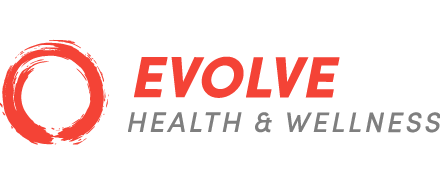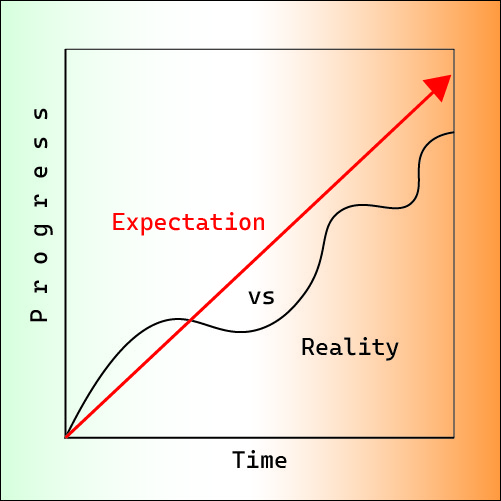Sometimes, doing less leads to doing more. What does that mean exactly? Well, let’s consider our goals in the gym. If your aim is simply to enjoy your workouts without any specific target like altering your body measurements or increasing strength, then this article might not resonate with you. And that’s perfectly fine – enjoying the process is commendable! However, for those of us striving towards a goal, no matter how abstract, consistency becomes crucial for progress. Having a well-structured program, like our Trainerize programs, can break down your journey into manageable steps, propelling you higher each session. But what happens when life throws a wrench into your training plans?
Life is full of ups and downs, and even the best-laid plans require continuous adjustment. Reality rarely matches the perfection of our imaginations – and that’s okay! Striving for an ideal is where much of our motivation stems from. Yet, life has its own agenda, influencing our journey in unexpected ways, sometimes for the better. Last month, I encountered setback after setback. Despite my initial surge of motivation towards my yearly goals, I faced a series of injuries. A pulled muscle in my abs left me unable to perform many movements without discomfort, sidelining me for nearly three weeks. It became really obvious how much most of the functional exercises I’d been training required lower ab engagement. Forced to take it easy, I shifted focus to isolation exercises and accessory work, prioritizing balance and coordination. During periods of low energy or injury recovery, it’s beneficial to concentrate on lighter weights, slower tempos, flexibility, mobility, or revisiting mastered skills.
As soon as I felt better the first thing I did was go out on a field trip with the guys to do some strongman exercises. Atlas stone lifts, axle press, sandbag deadlift to shoulder (a few of those were touch-and-go on the way up), and arm wrestling! It was great fun, I was feeling good in my body and showing off my strength and the weight went up way easier than I expected on some lifts. However, my enthusiasm led to overexertion, resulting in strained muscles and a reminder that sometimes our strength surpasses our connective tissue’s integrity. So, once again, I found myself de-loading. This time, it was an injury in my elbows, along with a strain in my SI joint. While these setbacks were minor, they forced me to readjust my training routine. I had set a goal of doing a set of 40 push-ups of some variation every day for the month of February and having to admit defeat for a few days for my wellbeing was a bitter pill to swallow. I resolved to return stronger and wiser.
After some time, I was good to lift heavy again and cautiously optimistic. “Let’s not do anything the body isn’t conditioned for.” Connective tissues take a long time to adapt, but the good thing is they ‘remember’ those adaptations for quite a while as well. I settled in for a leg day with some barbell back squats as the focus. It had been over a month since I squatted heavy at this point. I wasn’t expecting much. The warmup set went smooth, 135 lbs. felt nice and buttery, 225? Also feeling nice. Let’s go for 275, my usual top set for strength with a triple or two being ideal. I was able to push 7 reps out in a row! More than double my previous personal best of 275 for 3 repetitions. “Shall I dare 315?”, I thought, “Dare! Dare!”. To my surprise I had smashed my previous PR and not for one rep, but for two! And that’s not all, just 2 days later with my newly healed elbows I was able to smash out a PR on the bench press as well. I was curious to see where I’d be, after doing 1,000 push-ups in a month, but I didn’t expect to move the weight that easily! I had just bench pressed my bodyweight for reps, a long-term goal of mine and the last time I performed that exercise I wasn’t even close.
That was enough for me, I was not going to go further but I had set a new high-water mark for myself. All with a calm, clean mind, and ready muscles from my recovery period. The best part is after getting back into my training I felt great. No injury and things could continue to improve.
So what do we take away from all of this? While I don’t advocate for self-injury, periods of rest and unconventional stimuli are essential for progress. While progressive overload is often emphasized in strength training, phased training – building to a peak, then resetting – is equally vital. It’s tempting to resist scaling back when progress seems imminent, but doing so can lead to injury or plateau. In my case, intuitive training requires constant body check-ins and a flexible approach to programming. Despite its challenges, it underscores the efficacy of a structured strength training regimen.
If you’re keen on maximizing your gym time for strength and aesthetic gains or aspire to learn new movement patterns safely, reach out to us for a personalized program tailored to your goals.

